Emergency Plumber Near Me – Georgetown, TX
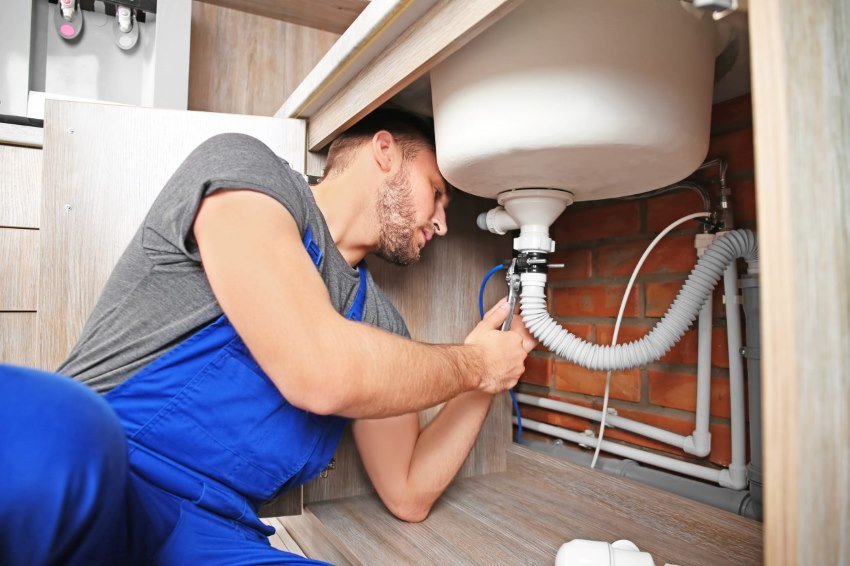
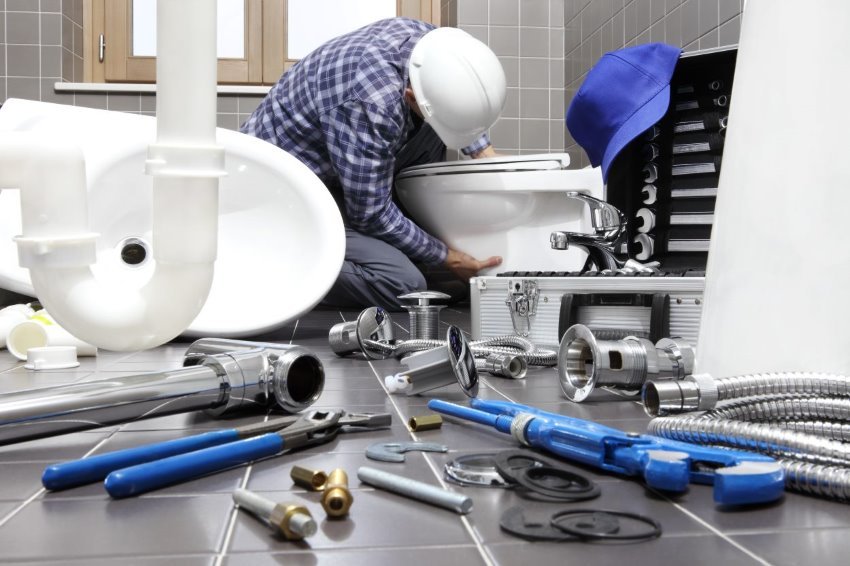
CALL FOR A FREE ESTIMATE
Emergency Plumbing Training Programs: Equipping Technicians with Essential Skills and Knowledge
In the realm of emergency plumbing, comprehensive training programs play a crucial role in ensuring that technicians are equipped with the skills, knowledge, and expertise needed to address urgent plumbing issues effectively. This topic delves into the significance of training programs in the plumbing industry, highlighting the essential elements and innovative approaches to educating and preparing emergency plumbing technicians. Here’s a breakdown of key aspects to explore:
1. The Importance of Training in Emergency Plumbing:
– Discuss why specialized training is essential for emergency plumbers near me, emphasizing the unique challenges and high-pressure scenarios they encounter.
– Highlight the critical role of emergency plumbers close to me in safeguarding public health, minimizing property damage, and ensuring the safety and well-being of communities.
2. Curriculum Design and Development:
– Explore the components of an effective training curriculum for emergency plumbing technicians, including theoretical knowledge, practical skills, and hands-on experience.
– Discuss the incorporation of topics such as plumbing codes and regulations, safety protocols, troubleshooting techniques, and customer communication skills.
3. Hands-On Training and Simulation Exercises:
– Emphasize the value of hands-on training and simulation exercises in preparing technicians for real-world emergency scenarios.
– Highlight the use of mock plumbing emergencies, simulated disaster scenarios, and practical workshops to reinforce learning objectives and enhance problem-solving abilities.
4. Utilization of Technology and Virtual Learning Platforms:
– Explore innovative approaches to training delivery, such as virtual reality (VR) simulations, interactive e-learning modules, and web-based training platforms.
– Discuss how technology can facilitate remote training sessions, knowledge sharing among technicians, and ongoing professional development.
5. Specialized Skill Development:
– Identify the specialized skills and competencies required for emergency plumbing, such as leak detection, pipe repair, sewer line inspection, and water damage mitigation. Additionally, skills in water heater repair near me are essential for addressing issues related to heating systems, ensuring comprehensive emergency plumbing services.
– Discuss the importance of continuous skill development and certification renewal to keep pace with industry advancements and evolving best practices.
6. Safety Training and Certification:
– Highlight the emphasis on safety training and certification in emergency plumbing programs, including protocols for working in hazardous environments, handling hazardous materials, and ensuring personal protective equipment (PPE) compliance.
– Discuss the role of regulatory agencies and industry associations in setting safety standards and promoting best practices.
7. Collaboration with Industry Partners and Stakeholders:
– Explore partnerships between training institutions, plumbing companies, equipment manufacturers, and professional associations to enhance training programs and promote industry standards.
– Discuss the benefits of mentorship programs, apprenticeships, and internships in providing hands-on experience and career pathways for aspiring emergency local plumber near me .
8. Measuring Training Effectiveness and Performance:
– Examine methodologies for assessing the effectiveness of training programs, such as skills assessments, knowledge tests, performance evaluations, and customer feedback.
– Discuss the importance of feedback loops and continuous improvement processes in refining training curricula and enhancing technician competency.
By addressing these key elements, “Emergency Plumbing Training Programs: Equipping Technicians with Essential Skills and Knowledge” provides a comprehensive overview of the critical role that training plays in preparing emergency plumbing technicians to respond effectively to urgent situations and deliver high-quality service to customers.
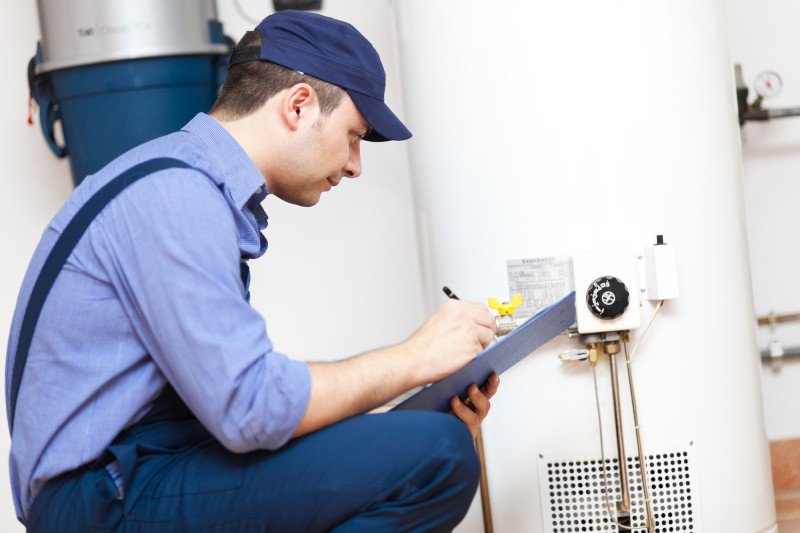
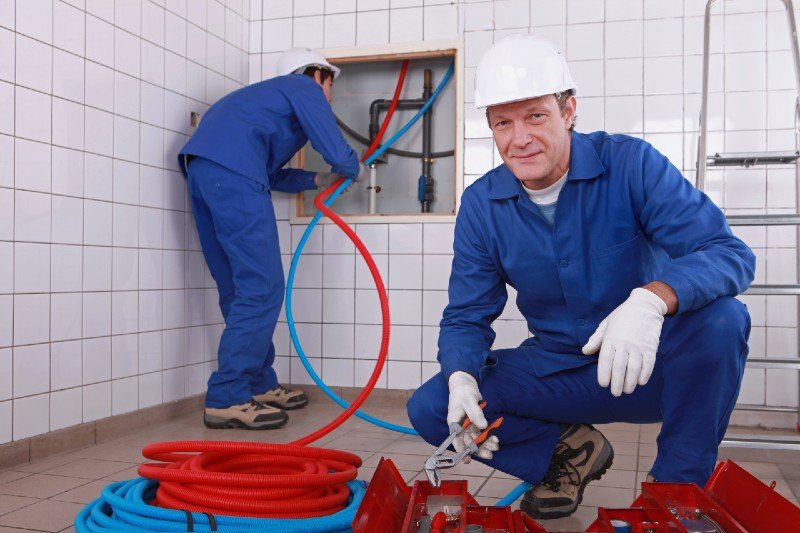
Emergency Plumbing Appointments: On-Demand Scheduling
In today’s fast-paced world, the demand for convenient and efficient services is at an all-time high. This topic explores the emergence of on-demand scheduling for emergency plumbing appointments, highlighting the benefits, challenges, and implications of this innovative approach. Here’s a breakdown of key points to cover:
1. The Shift Towards On-Demand Services:
– Discuss the growing consumer preference for on-demand services across various industries, driven by factors such as convenience, flexibility, and instant gratification.
– Highlight the significance of adapting traditional service models to meet evolving customer expectations in the digital age.
2. Introduction to On-Demand Scheduling for Emergency Plumbing:
– Define what on-demand scheduling entails in the context of emergency plumbing services, emphasizing the ability for customers to request appointments in real-time, often through digital platforms or mobile apps.
– Explain how on-demand scheduling differs from traditional appointment booking systems, where customers may need to wait for available time slots or contact a dispatcher during business hours.
3. Benefits of On-Demand Scheduling:
– Outline the advantages of on-demand scheduling for both customers and plumbing service providers.
– For customers, benefits may include immediate access to assistance during emergencies, the convenience of booking appointments anytime, and reduced wait times.
– For plumbing companies, advantages may include optimized resource allocation, improved customer satisfaction, and increased operational efficiency.
4. Implementation Challenges and Considerations:
– Explore the potential challenges and considerations associated with implementing on-demand scheduling systems for emergency plumbing services.
– Issues to address may include managing fluctuating demand, ensuring timely response to urgent requests, and maintaining service quality standards during peak periods.
5. Technology and Infrastructure Requirements:
– Discuss the technology and infrastructure needed to support on-demand scheduling initiatives in the plumbing industry.
– This may involve the development of user-friendly mobile apps or online platforms, integration with dispatching and CRM (Customer Relationship Management) systems, and the use of GPS tracking for technician dispatch.
6. Customer Experience and User Interface Design:
– Highlight the importance of user experience (UX) design in creating intuitive and user-friendly interfaces for on-demand scheduling platforms.
– Discuss best practices for streamlining the booking process, providing clear communication channels, and offering real-time updates on appointment status.
7. Security and Data Privacy Considerations:
– Address security and data privacy concerns related to on-demand scheduling platforms, particularly regarding the handling of sensitive customer information and payment details.
– Emphasize the importance of implementing robust security measures, such as encryption and secure payment gateways, to protect customer data.
8. Future Trends and Innovations:
– Explore future trends and innovations in on-demand scheduling for emergency plumbing services, such as predictive analytics for demand forecasting, integration with smart home systems, and AI-driven appointment optimization algorithms.
By examining the concept of “Emergency Plumbing Appointments: On-Demand Scheduling” from these perspectives, this topic provides insights into the evolving landscape of service delivery in the plumbing industry and the role of technology in meeting the needs of modern customers.
Green Emergency Plumbing Solutions: Sustainable Practices
In response to growing environmental concerns, the plumbing industry is embracing sustainable practices to minimize its ecological footprint while addressing urgent plumbing issues. This topic explores the concept of green emergency plumbing solutions, highlighting innovative approaches and eco-friendly practices adopted by emergency plumbers. Here’s an outline to delve deeper into this subject:
1. Introduction to Green Emergency Plumbing Solutions:
– Define what constitutes green emergency plumbing solutions and why they are becoming increasingly important in today’s environmentally conscious world.
– Highlight the role of emergency plumbers in promoting sustainability through the adoption of eco-friendly practices and technologies.
2. Water Conservation Techniques:
– Discuss various water conservation techniques employed by emergency plumbers to minimize water wastage during repairs and maintenance.
– Explore the use of low-flow fixtures, water-efficient appliances, and leak detection technologies to conserve water resources.
3. Energy-Efficient Plumbing Systems:
– Examine the integration of energy-efficient plumbing systems, such as tankless water heaters, heat pump water heaters, and solar water heating systems, into emergency plumbing services. Additionally, ensure proficiency in hot water heater repair to address any urgent issues related to these advanced systems efficiently.
– Highlight the energy-saving benefits of these systems and their contribution to reducing greenhouse gas emissions.
4. Waste Reduction and Recycling Practices:
– Address waste reduction and recycling practices implemented by emergency plumbers to minimize environmental impact.
– Discuss the recycling of plumbing materials, responsible disposal of hazardous waste, and the use of eco-friendly cleaning products.
5. Trenchless Technologies for Minimal Disruption:
– Explore the use of trenchless technologies, such as pipe relining and directional drilling, for emergency repairs without the need for extensive excavation.
– Highlight how trenchless methods minimize disruption to the environment, reduce construction waste, and preserve landscaping.
6. Rainwater Harvesting and Greywater Recycling:
– Discuss the implementation of rainwater harvesting systems and greywater recycling technologies to supplement freshwater sources and reduce strain on municipal water supplies.
– Explain how emergency plumbers can assist homeowners in installing and maintaining these systems for sustainable water management.
7. Environmental Certification and Compliance:
– Address the importance of environmental certification and compliance in emergency plumbing services.
– Discuss industry standards, such as LEED (Leadership in Energy and Environmental Design) certification, and regulatory requirements for environmentally responsible plumbing practices.
8. Community Education and Outreach:
– Explore the role of emergency plumbers in educating the community about sustainable plumbing practices and environmental stewardship.
– Highlight initiatives such as workshops, seminars, and educational materials aimed at raising awareness and promoting eco-friendly behaviors.
9. Cost-Effectiveness and Long-Term Benefits:
– Analyze the cost-effectiveness and long-term benefits of green emergency plumbing solutions for homeowners and businesses.
– Discuss potential savings on utility bills, reduced maintenance costs, and increased property value associated with sustainable plumbing installations.
10. Future Trends and Innovations:
– Explore emerging trends and innovations in green emergency plumbing solutions, such as smart water management systems, biodegradable piping materials, and eco-friendly drain cleaning technologies.
By examining “Green Emergency Plumbing Solutions: Sustainable Practices” through these lenses, this topic provides insights into how emergency plumbers can contribute to environmental conservation while delivering effective and responsible plumbing services.
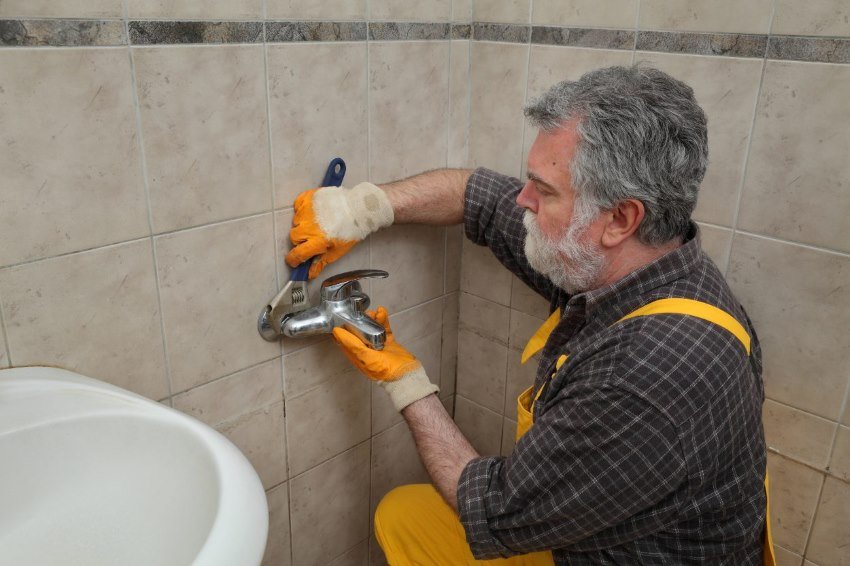
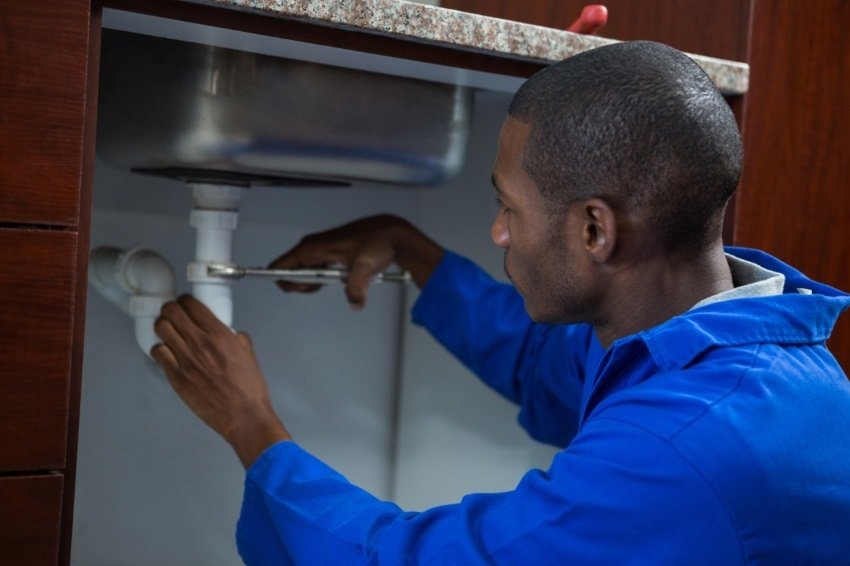
The Role of Artificial Intelligence in Optimizing Emergency Plumbing Response Times
Artificial Intelligence (AI) is revolutionizing various industries, and the plumbing sector is no exception. This topic explores how AI technology can streamline emergency plumbing services, leading to faster response times and improved customer satisfaction. Here’s a structured approach to delve into this subject:
1. Introduction to AI in Emergency Plumbing:
– Define artificial intelligence and its applications in the plumbing industry, particularly in emergency response scenarios.
– Highlight the potential of AI to automate processes, analyze data, and optimize decision-making in real-time.
2. Predictive Analytics for Demand Forecasting:
– Discuss how AI-powered predictive analytics can forecast demand for emergency plumbing services based on historical data, seasonal trends, and environmental factors.
– Explain how predictive models can help plumbing companies anticipate spikes in demand and allocate resources more effectively.
3. Intelligent Dispatching and Routing Systems:
– Explore the role of AI in optimizing dispatching and routing systems for emergency plumbers.
– Discuss how AI algorithms can analyze factors such as technician availability, proximity to the service location, and traffic conditions to optimize route planning and minimize response times.
4. Remote Diagnostics and Troubleshooting:
– Highlight the use of AI-enabled diagnostic tools to remotely assess plumbing issues and troubleshoot problems before dispatching a technician.
– Discuss how AI algorithms can analyze customer descriptions, photos, or video footage to identify potential causes of emergencies and recommend initial solutions.
5. Dynamic Scheduling and Resource Allocation:
– Explain how AI can facilitate dynamic scheduling and resource allocation based on real-time data and changing priorities.
– Discuss the ability of AI systems to adjust technician assignments and prioritize urgent calls to ensure timely response and efficient use of resources.
6. Predictive Maintenance for Preventive Interventions:
– Explore how AI-powered predictive maintenance models can identify potential plumbing issues before they escalate into emergencies.
– Discuss the use of sensor data, equipment monitoring, and machine learning algorithms to detect early warning signs and schedule preventive interventions proactively.
7. Enhanced Customer Communication and Support:
– Highlight the role of AI-driven chatbots and virtual assistants in providing real-time customer support and assistance during plumbing emergencies.
– Discuss how AI algorithms can analyze customer inquiries, provide relevant information, and guide users through troubleshooting steps before connecting them with a live technician.
8. Continuous Learning and Improvement:
– Address the importance of continuous learning and improvement in AI systems for emergency plumbing.
– Discuss the feedback loop, data collection, and model refinement processes that enable AI algorithms to adapt to new scenarios, learn from experience, and improve performance over time.
9. Ethical and Privacy Considerations:
– Explore ethical and privacy considerations associated with AI deployment in emergency plumbing services.
– Discuss the importance of transparency, accountability, and data security to ensure responsible AI use and protect customer privacy.
10. Future Trends and Innovations:
– Predict future trends and innovations in AI-driven emergency plumbing optimization, such as the integration of AI with IoT devices, the emergence of autonomous repair robots, and the development of predictive analytics for water infrastructure resilience.
By examining “The Role of Artificial Intelligence in Optimizing Emergency Plumbing Response Times” from these perspectives, this topic provides insights into how AI technology can revolutionize emergency plumbing services, leading to faster response times, more efficient resource allocation, and improved customer experiences.
Schedule A Free Estimate
Reach Us
Stamped Concrete Contractor ATX
Austin TX
(512) 877-2721
